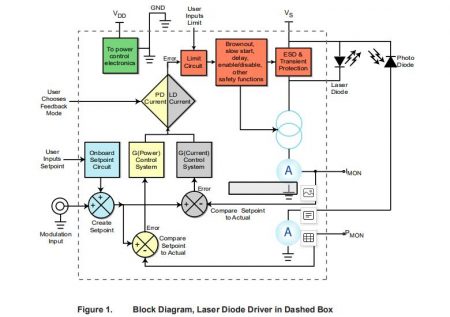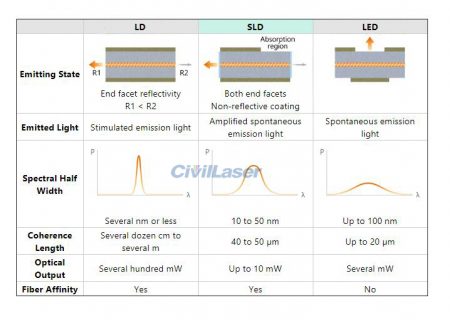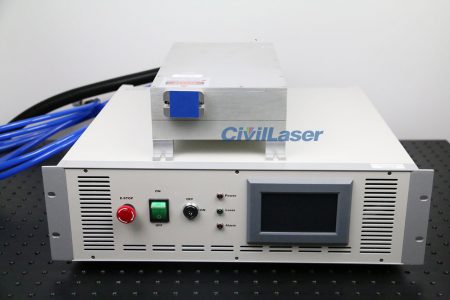An efficient laser-diode(LD) pumped Nd:YAG extracavity frequency conversion all-solid-state. quasi-continuous- wave(QCW) ultraviolet laser at 266nm was reported. The laser adopted LBO and BBO as the second and fourth harmonic generation crystals, and was pumped by three LD co nfig urations (high polarization LD, low polarization LD and low polarization LD with a Brew ster plate)in the experiment. When the pump power was 25W and the modulation frequency was 10kHz, 266nm UV lasers ere obtained with the output power of 0.85, 0.61 and 0.72W , respectively. A high power UV laser was obtained by using high polarization ratio LD with a single pulse energy of 85 μJ, and a pulse width of 5ns. The corresponding peak power was as high as 17kW , and the ptical-to-optical conversion efficiency was 3.4 %.
Ultraviolet laser is widely used in fluorescence detection, fine processing and lithography due to its high single photon energy and small diffraction effect. At present, in the field of industrial and scientific research, the method of obtaining ultraviolet laser is mainly divided into gas ultraviolet Lasers and solid-state lasers. Gas ultraviolet lasers include excimer lasers, hydrogen ion lasers, and nitrogen molecular lasers. However, gas lasers have been replaced by solid-state ultraviolet lasers pumped by laser diodes (LD) because of their large size, short life, and long-term maintenance. The most straightforward method for obtaining an all-solid-state UV laser is to perform intracavity or extracavity frequency conversion on the near-infrared wave of an erbium-doped solid-state laser to generate three or fourth harmonics. High-power end-pump UV lasers use Nd:YVO4 as a laser crystal, which is characterized by higher repetition frequency but lower peak power. In order to obtain higher peak power, this paper reports an LD end-pumped Nd:YAG acousto-optic Q-switched high peak power UV 266 nm laser.
Using a compact flat-cavity structure, experiments were performed using a high-polarization ratio LD array (40:1), a low-polarization ratio LD array (5:1), and a low-polarization LD array cavity, respectively, to obtain 266 nm output. The power is 0.85, 0.61, 0.72 W. Among them, the high polarization ratio LD array has the highest output power, single pulse energy 85 μJ, pulse width 5 ns, peak power up to 17.5 kW, pump light to ultraviolet light-to-light conversion rate of 3.4%. Experiments show that the polarization of LD has a great influence on the polarization ratio of fundamental light. For example, when a high polarization ratio LD array is used as the pump source and no polarizing elements are added to the cavity, the polarization of the fundamental light will be very high. High, and the polarization direction of the laser is the same as the polarization direction of the LD. Similar results have been obtained in the literature. The phenomenon that this isotropic N d : YAG is polarized under the pumping of polarized light is not well explained. It is considered that this is related to the thermally induced birefringence effect of Nd :YAG and the diffraction of acousto-optic Q switch. Related to the role, this phenomenon needs further discussion.




